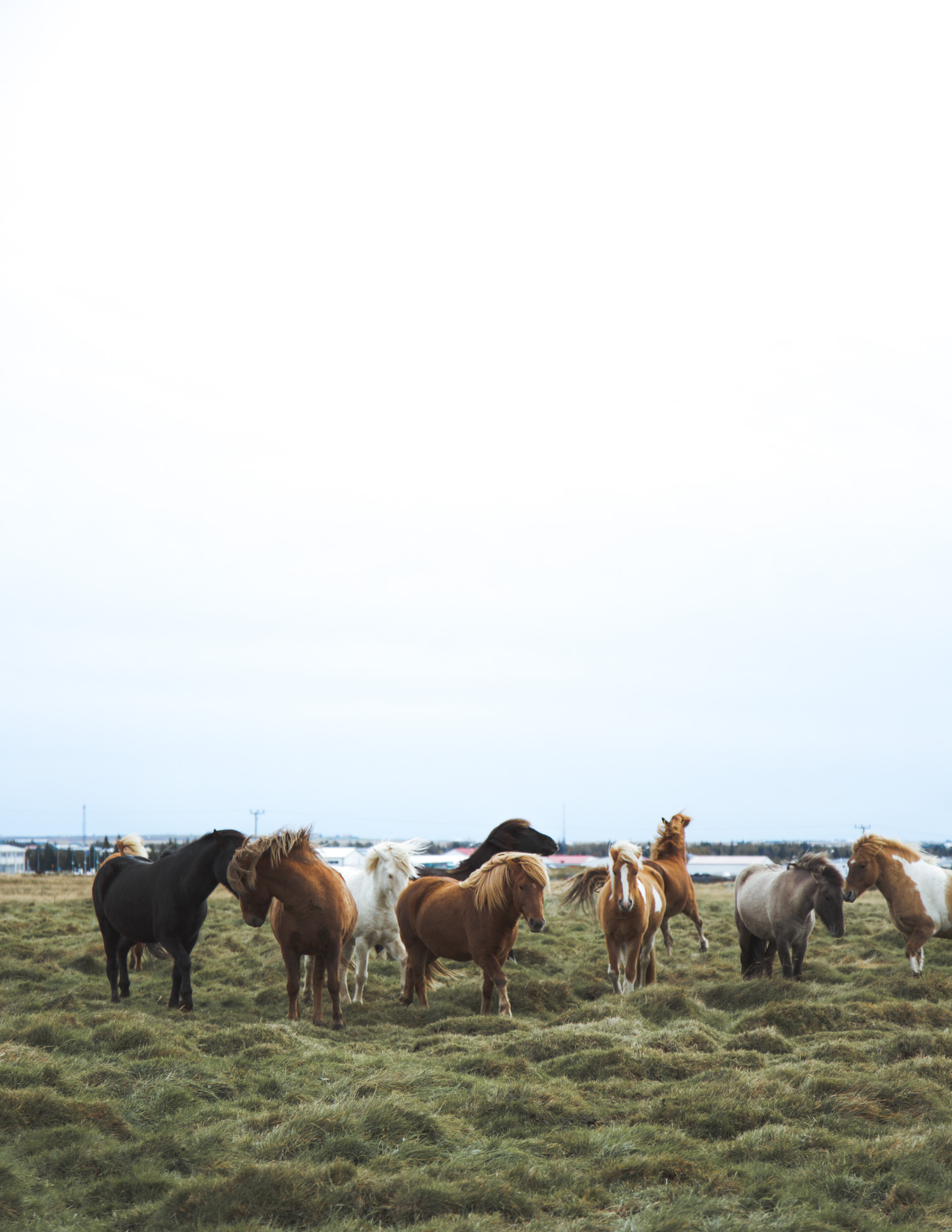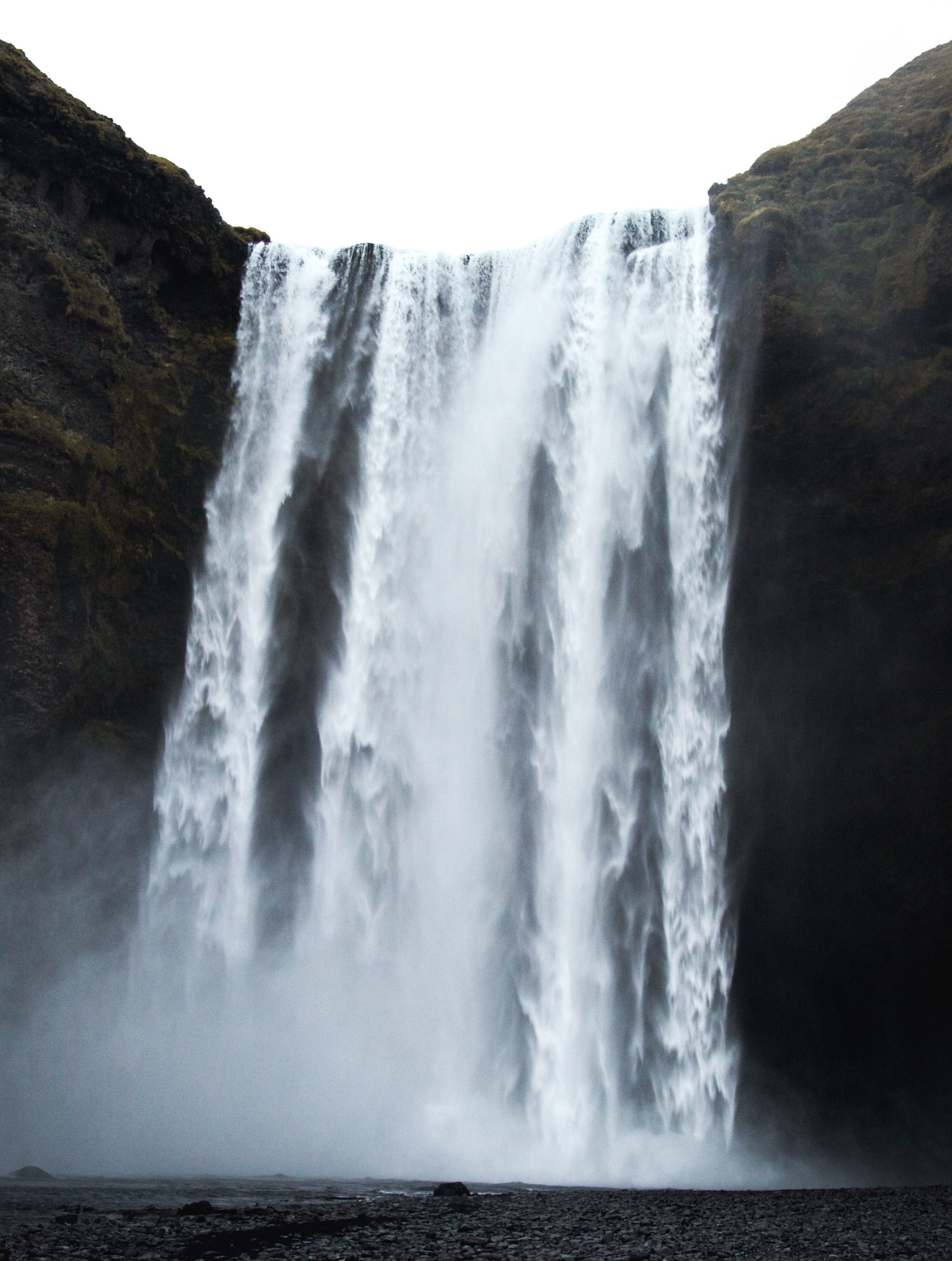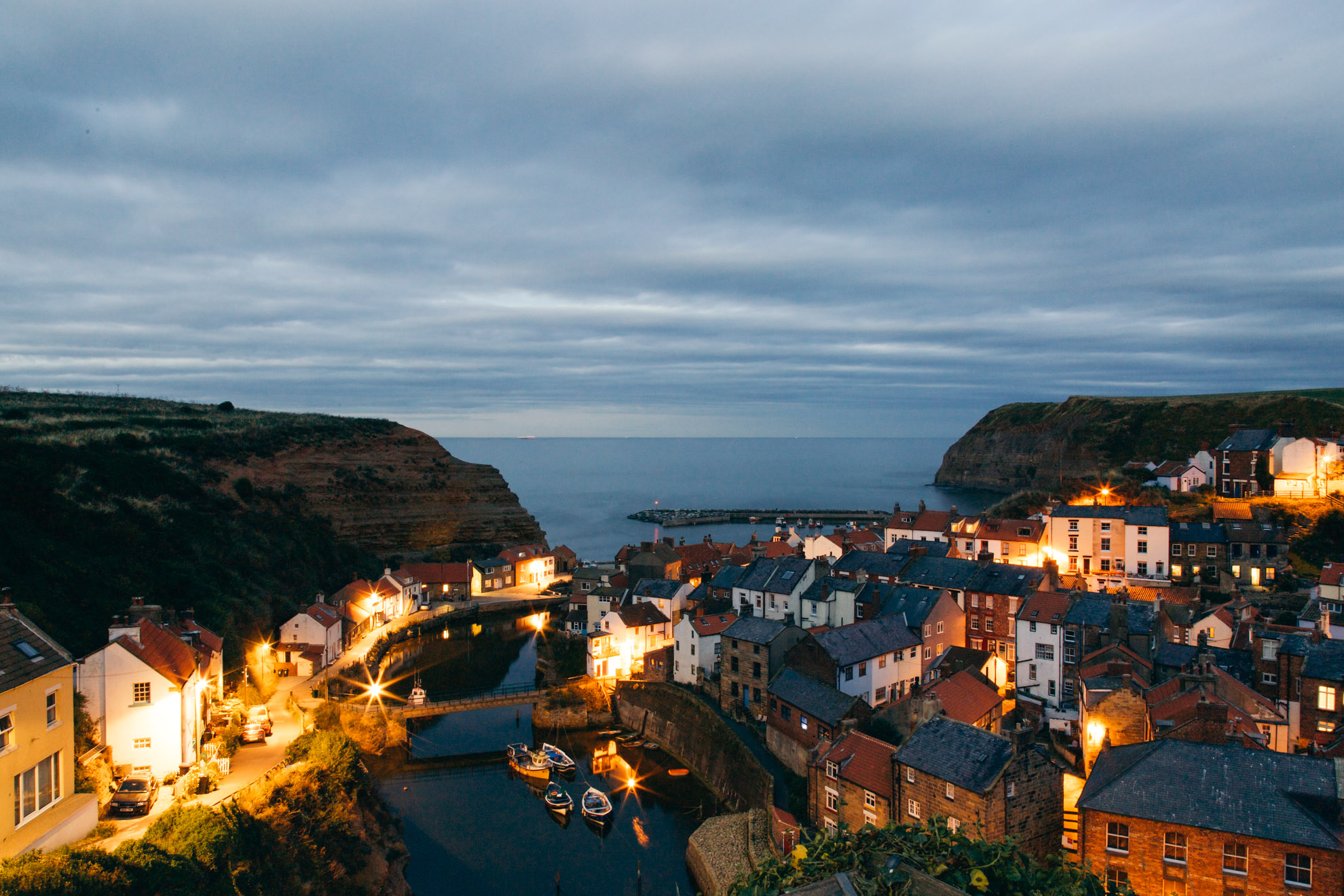Beginner’s Guide to Shutter Speed
What in the world is shutter speed?
Shutter speed is one of the three main elements to proper exposure (aperture, shutter speed, and ISO). I’ve already written a blog post about aperture, which you can find here (the ISO guide will be out soon as well!)
Shutter speed refers to the amount of time that the camera’s shutter stays open.
So, what exactly is the camera shutter? Well, inside the camera you have a mirror, a shutter, and a camera sensor. When you go to take a picture, the mirror flips up and the little shutter doors open exposing the camera sensor to light. A fast shutter speed means that those little doors are open for a short amount of time and a slow shutter speed means that the doors are open for a longer amount of time.
On most DSLRs, the shutter can stay open for as long as 30 seconds or as short as 1/4000th of a second.

Shutter Speed and Motion
Fast Shutter Speeds
Fast shutter speeds freeze motion. With fast subjects, like horses running through a field, you will need to use a faster shutter in order to freeze their movement. If it isn’t fast enough, you’ll notice a blurriness to your subject. So in the photo below, I used 1/640th of a second in order to freeze the horses in place. The general rule of thumb is the faster the subject, the faster your shutter speed will need to be.
Slow Shutter Speeds
Slow shutter speeds blur motion. Take a look at the photo below. In order to capture the waterfalls movement, I set my shutter at 1/50th of a second. If I had set it at 1/500th of a second, the waterfall would’ve looked way sharper and the water’s motion would’ve been frozen.


Shutter Speed and Light
Fast Shutter Speeds
The faster the shutter speed, the less time there will be for light to enter your camera.
Slow Shutter Speeds
The slower the shutter speed, the more time there will be for light to enter your camera.

Shutter Speed and Camera Shake
The general rule of thumb is that your shutter speed should be at least 1/focal length of your lens or faster.
So for example, say you have a 50mm lens on your camera. In this case, your shutter speed should be at least 1/50th of a second or faster. Anything slower than 1/50th of a second and you run the risk of having camera shake show up in your photos. If you want a slower shutter, then you must use a tripod to stabilize your camera.
